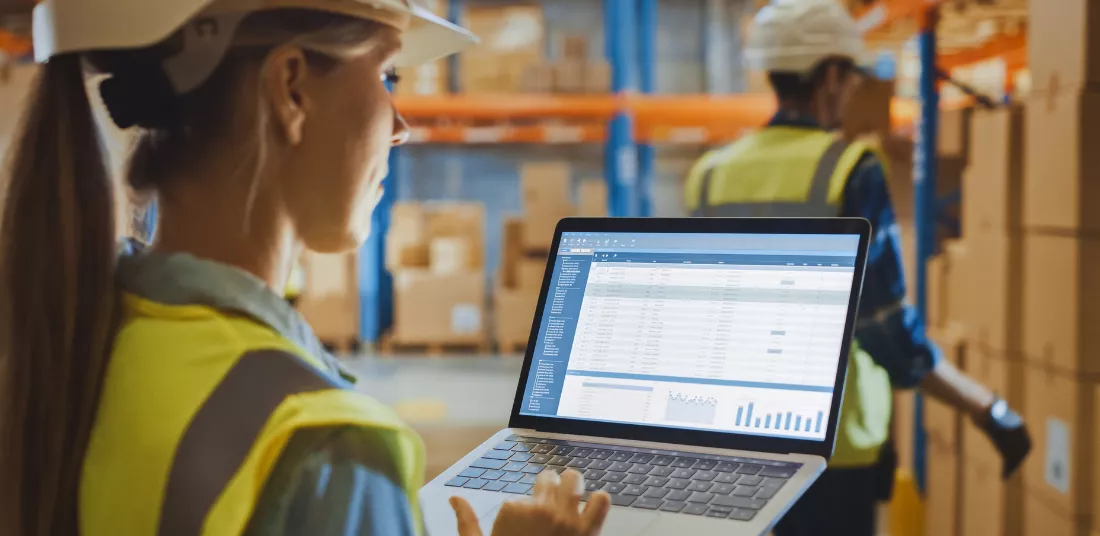Current Trends Impacting Supply Chains and Warehouse And Distribution Space
There are three significant trends currently impacting supply chains and warehouse and distribution space. These trends are: the shortage of warehouse and distribution space, labor availability, and accelerating e-commerce growth.
The shortage of warehouse and distribution space
Consumers are increasingly turning to online shopping and research suggests by 2025, an additional 1 billion square feet of warehouse and distribution space will be needed to keep up with this growing demand. But shoppers cannot wait for the build out of infrastructure; they want their orders fulfilled today. That is why more and more distribution center managers and supply chain leaders are working to maximize space in their current facilities. They are reconfiguring layouts to maximize vertical space and increase storage density while also implementing goods-to-person technologies including robotics, autonomous mobile robots (AMRs), and automated storage retrieval systems (ASRS).
Labor availability
The pandemic, competition from Amazon, and changing workforce expectations are all effecting labor availability. As a result, distribution center management and supply chain executives are seeking labor-saving solutions such as automation. In addition, they want to shorten the training time required to get their labor to productive rates sooner.
Accelerating e-commerce growth
Before the pandemic, e-commerce was growing steadily, but somewhat modestly. Then, in May 2020, e-commerce spending skyrocketed $82.5 billion—an increase of 77%. That expansion has continued and now nearly equals what was projected for the next four to six years’ growth combined. This unprecedented growth, coupled with the shortages in warehouse/distribution space and labor, is creating extraordinary challenges for supply chain leadership. Many are considering implementing a warehouse management system (WMS) and/or a warehouse control system (WCS) to meet these challenges.

